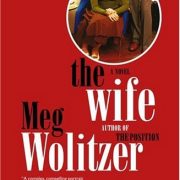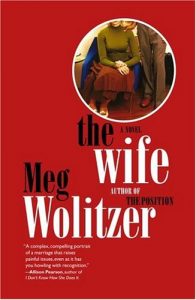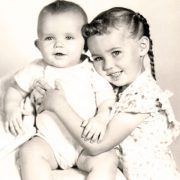Last month, I was immersed in the first draft of the sequel to Talion. The story flowed straight from my head onto the page. Sometimes I had no idea what would come next. It just came. Writers understand what I’m talking about, what a blessed state it is. The last thing I wanted was to stop. But a vacation was coming. A vacation I was looking forward to.
I handled the dilemma in the usual way – with self delusion. I resolved to keep writing during the trip. Nothing big, I told myself. An hour or two on the days I wasn’t travelling. Just to keep the novel alive in my head. I packed my iPad and bluetooth keyboard, a notebook and plenty of pens. I lugged this equipment from place to place for eleven days, but – surprise! – I got nothing written. Oh, I jotted down a few impressions, descriptions of place and the like.
But sustained sessions of writing? No way.
I’ve been fooling myself like this for years, forgetting how impractical it is to wedge an hour of writing into days crammed with activity. But more to the point, I forget that on my last dozen vacations I felt no urge whatsoever to write. Vacations are just too much fun – visiting family and friends, exploring places, and indulging in hedonistic pleasures like eating and shopping. Only when the trip ends and I come home do I feel disappointed in myself.
This time, unpacking my keyboard, I felt the usual guilt and dutifully beat myself up. I wasn’t a serious writer, not really dedicated to my craft, and if I never succeeded it was my own fault for not trying harder. Then I stopped. Why was I doing this? I had a great time. I stayed with my nephew and his family in Salt Lake. We celebrated Frontier Days in Cheyenne, went shopping in Denver, and hiked down a mountain in Deer Valley. I took dozens of photos. I went to the places that are the setting of my sequel. That’s research, right?
Maybe a journey demands commitment. Maybe it’s not something I can undertake while part of me stays home, settled into a writing routine. Or maybe I’m fishing for excuses. Anyway, the neglected first draft hasn’t expired during my absence. I touch the keyboard and it awakens like a lover, sleepy and expectant.































